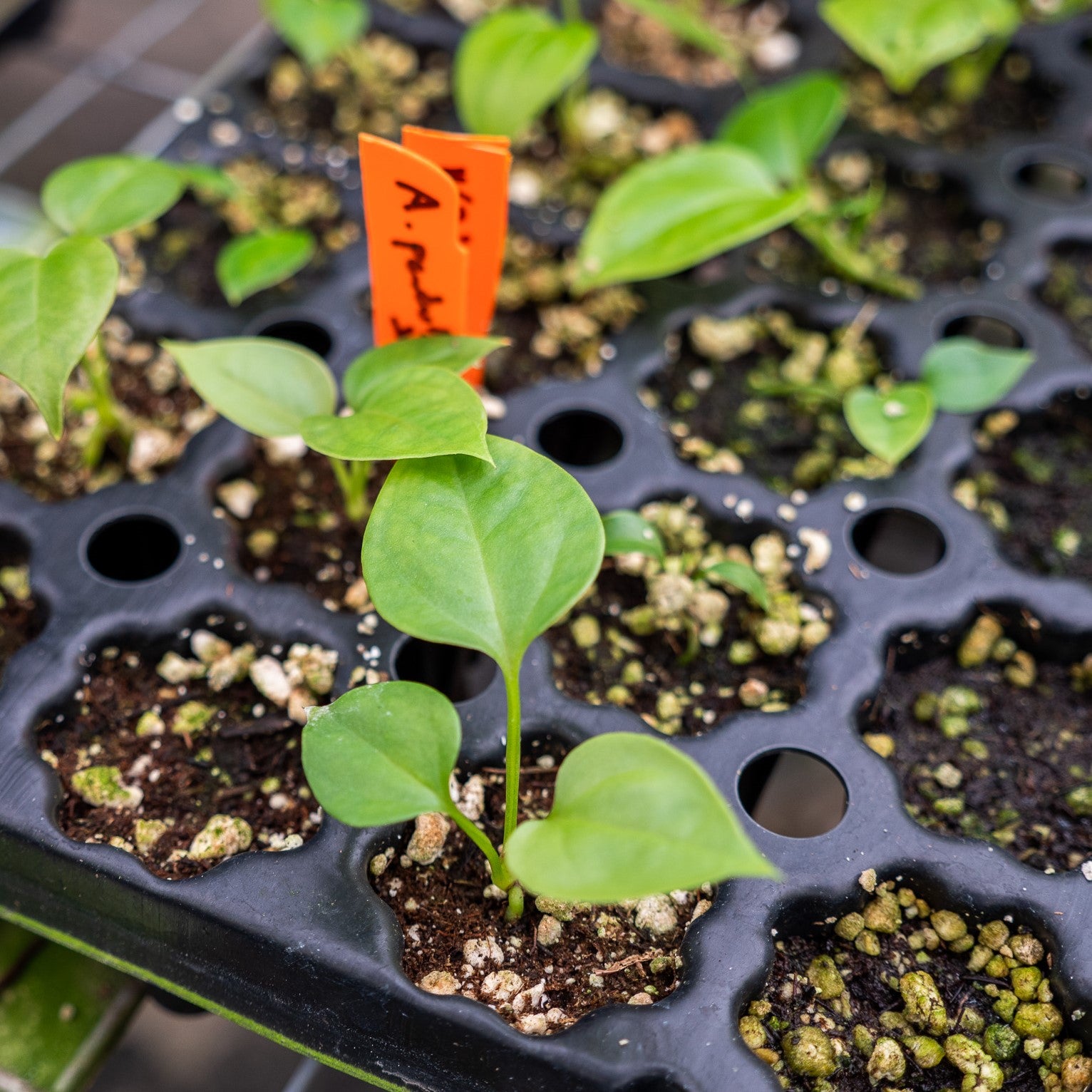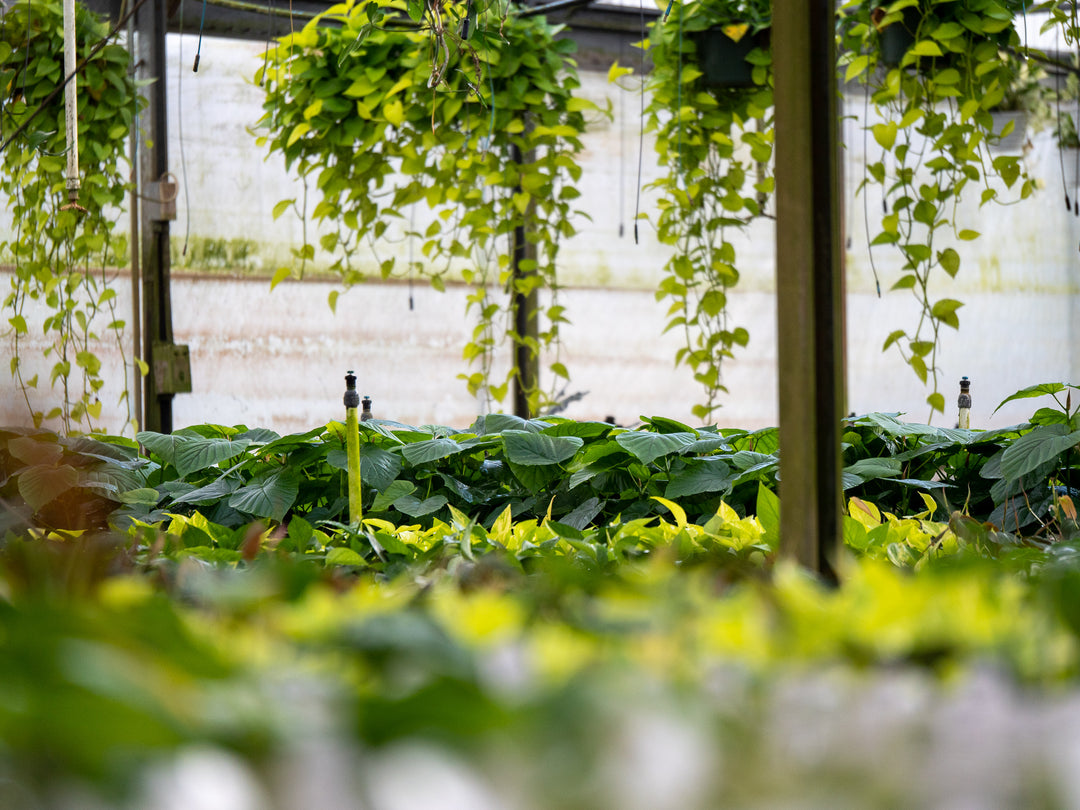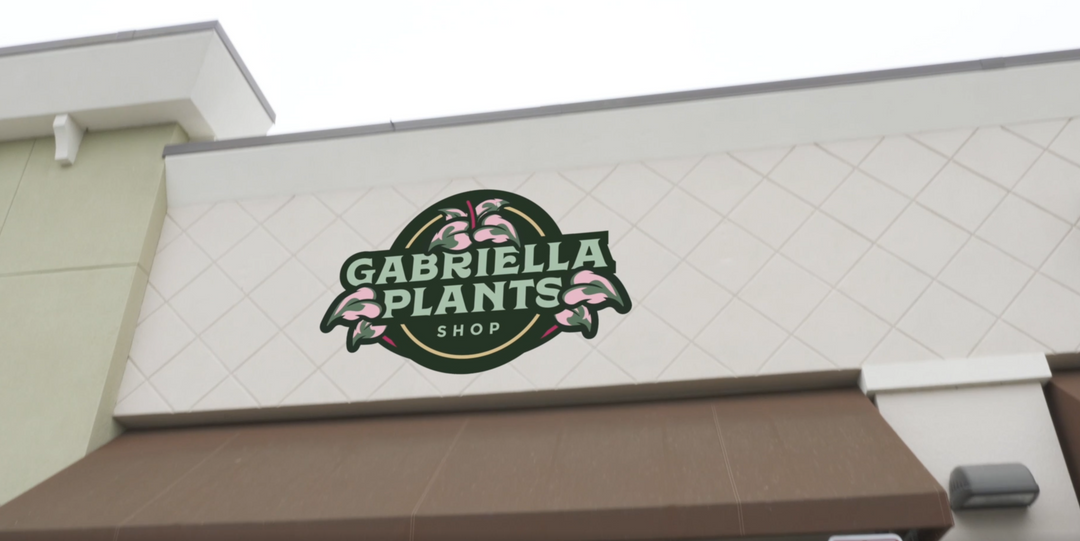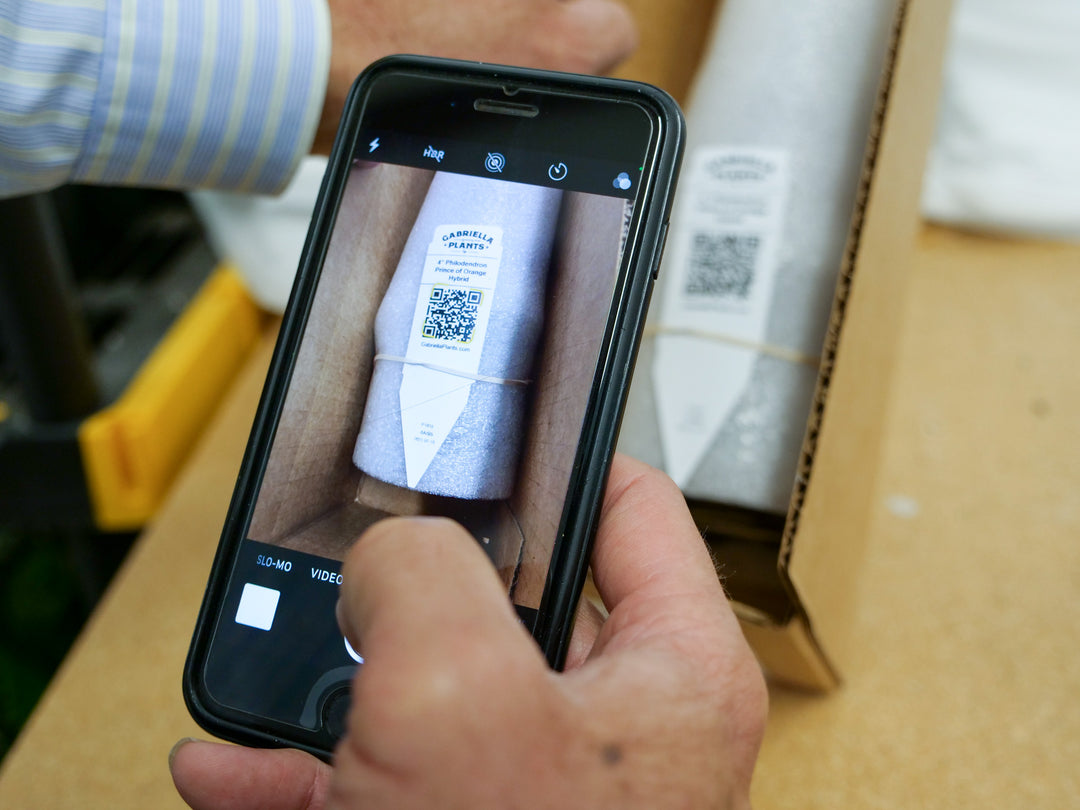The Green Thumb's Companion: An Advanced Guide for Tropical House Plant Growing Mediums
Have you ever marveled at a thriving, verdant tropical plant and wondered what the secret to its lushness is? Well, apart from light and watering requirements, one key aspect that plays a pivotal role in the healthy growth of tropical plants is the growing medium. In the wild, these plants have adapted to grow in specific types of soil, so mimicking these conditions at home is crucial for their survival.
In this comprehensive guide, we will delve into the nitty-gritty of choosing the right growing mediums for your tropical house plants, discussing a plethora of options available and highlighting their pros and cons. Whether you're a seasoned indoor gardener or a newbie on the quest to turn your home into a tropical paradise, this guide has got you covered.
Advanced Guide for Tropical House Plant Growing Mediums
The Importance of the Right Growing Medium
Plants are not merely decorative items; they are living entities with specific needs, including the need for a suitable growing medium. Choosing the right growing medium is a key factor in the success of your indoor tropical garden, as the medium provides plants with necessary nutrients and anchors their roots. The growing medium also plays a critical role in managing water and maintaining the health of the root system.
Understanding Your Plant’s Natural Habitat
Before choosing a growing medium for your plant, you must understand the plant’s natural habitat. The soil where tropical plants naturally grow is quite different from the regular garden soil in your backyard.
The Wonders of Tropical Soil
Tropical soils are teeming with life and activity. They are warm, receive plenty of rainfall, and are home to a diverse range of plant and animal species. The high rainfall, however, often leads to heavy leaching, depleting the soil of vital nutrients. Thus, tropical plants have evolved to be efficient at nutrient uptake. Recreating this environment at home can be challenging, but with the right knowledge, it is indeed possible.
Assessing Your Plant’s Specific Needs
Different tropical plants have different growing requirements. Some plants prefer acidic soil, while others thrive in a more alkaline environment. Similarly, the preference for soil structure and drainage varies from plant to plant. By knowing your plant’s specific needs, you can choose a growing medium that will help it thrive.
Types of Growing Mediums for Tropical House Plants
The market offers a variety of growing mediums suitable for tropical house plants. Let's explore some of the most popular options and understand what makes them ideal for your indoor jungle.
1. Potting Soil
Potting soil is one of the most widely used growing mediums for houseplants. It is a blend of organic matter, such as peat moss or coconut coir, and other components like perlite, vermiculite, or sand. Potting soil provides a well-balanced environment for plant roots, offering good drainage, moisture retention, and nutrient availability. Depending on the plant, these 'out of the bag' solutions may be perfect, or you may be better off making a custom blend yourself!
2. Peat Moss
Peat moss is a popular organic component used in growing mediums due to its excellent water retention capacity. It helps retain moisture around the roots while allowing sufficient aeration. However, it is important to note that peat moss is not a sustainable resource, and alternatives like coconut coir are environmentally friendly options.
3. Perlite and Vermiculite
Perlite and vermiculite are mineral-based additives commonly incorporated into growing mediums. Perlite provides excellent drainage, prevents soil compaction, and promotes aeration. Vermiculite, on the other hand, retains moisture and nutrients, enhancing the overall water-holding capacity of the medium.
4. Coconut Coir
Coconut coir, derived from coconut husks, is an environmentally friendly alternative to peat moss. It offers similar water retention capabilities while being a sustainable resource. Coconut coir is also resistant to decomposition, providing long-lasting support for plant roots.
5. Sand and Gravel
Sand and gravel are commonly added to growing mediums to enhance drainage. These components improve aeration and prevent waterlogging, which can lead to root rot and other plant diseases. However, it's important to use coarse sand and avoid fine sand, as fine particles can hinder drainage.
6. Orchid Bark
Orchid bark is a specialized growing medium used primarily for epiphytic orchids. It consists of organic materials like bark chips, sphagnum moss, and coconut husk fibers. Orchid bark provides excellent drainage and aeration, mimicking the natural conditions these plants thrive in.
Customizing Your Growing Medium
Creating a customized growing medium allows you to cater to your plant's specific needs. A tailored blend can provide the right balance of nutrients, aeration, and drainage for your plant.
Creating Your Mix
Creating your own growing medium is not as daunting as it sounds. You start with a base, such as potting soil or coir, and add other components like perlite, vermiculite, or compost, depending on your plant's needs.
Adjusting the pH Level
Adjusting the pH level of your medium can make a significant difference in the health of your plant. You can use lime to increase pH and make the soil more alkaline, or use sulfur to lower the pH and make the soil more acidic.
Conclusion
Growing tropical house plants successfully requires knowledge, patience, and a bit of a green thumb. Understanding the importance of the right growing medium and how to select or customize it for your plants is a significant step towards creating your indoor tropical paradise.
FAQs
Q: Can I use garden soil for my tropical house plants?
A: It is generally not recommended to use garden soil for indoor plants, as it can contain insects, diseases, and weed seeds. Also, garden soil tends to compact and drain poorly when used in containers.
Q: What is the difference between potting soil and potting mix?
A: Technically, 'potting soil' is a misnomer, as it typically doesn't contain any soil. Potting soil and potting mix are essentially the same thing: a soilless blend of ingredients designed to support plant growth.
Q: Why is the pH level of the growing medium important?
A: The pH level of the growing medium affects the plant's ability to absorb nutrients. Some nutrients are more readily available at certain pH levels.
Q: Can I reuse the growing medium?
A: Yes, you can reuse the growing medium, but it should be sterilized first to kill any pathogens. Also, keep in mind that the medium's nutrient content will have been depleted, so additional fertilization may be necessary.
Q: What are the signs that I need to change the growing medium?
A: If your plant shows signs of nutrient deficiency, such as yellowing leaves, or if the medium drains poorly or has a bad smell, it might be time to change the growing medium.
Q: What does 'epiphytic' mean?
A: Epiphytic plants are plants that grow on other plants, usually trees, for support. They are not parasitic, as they do not take nutrients from the host plant. Many tropical house plants, like orchids and bromeliads, are epiphytes.
============================================





